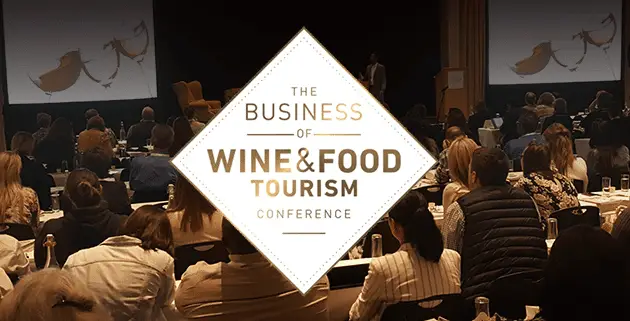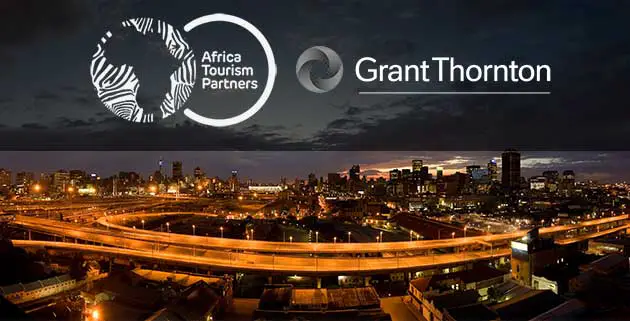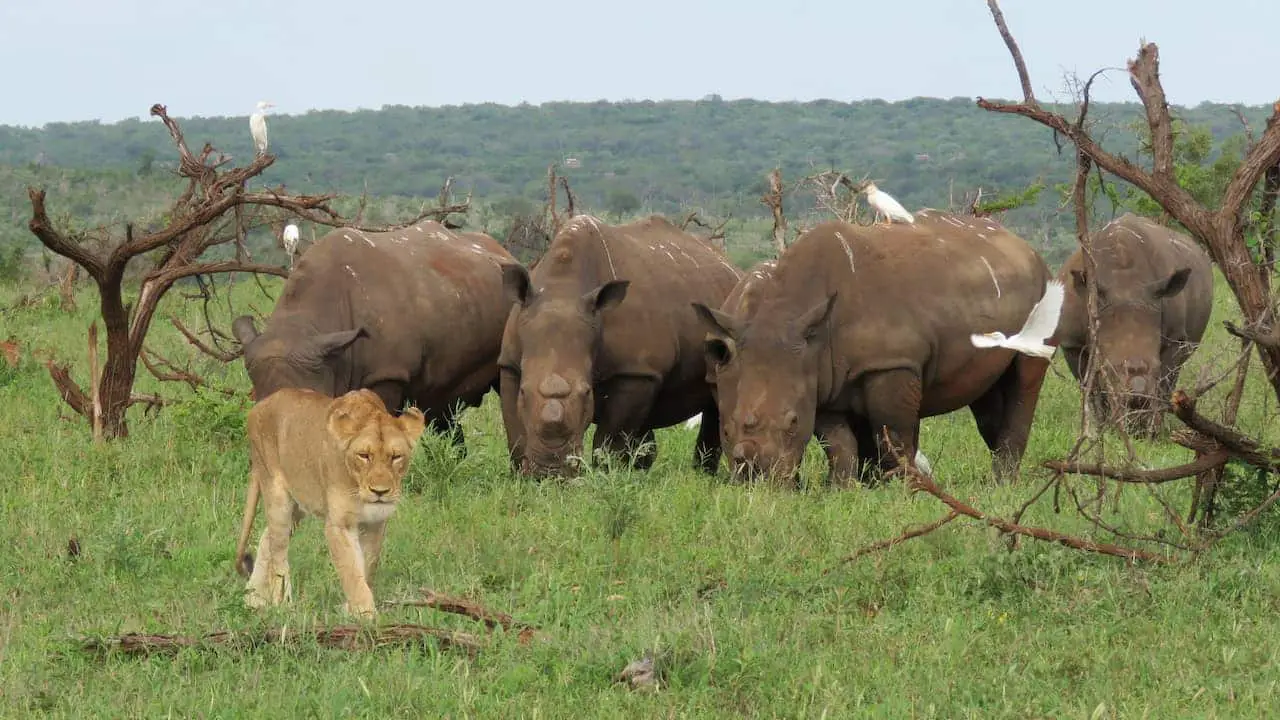Quantifying Sports Tourism
Sports Tourism is considered one of the largest and fastest-growing of all markets. According to the United Nations World Tourism Organisation (UNWTO), sports tourism contributed $600 billion to the global travel and tourism economy in 2014. By Des Langkilde.
The National Association of Sports Commissions (NASC) 2015 Report on The Sports Tourism Industry, shows that there were 25.65 million sports visitors (to the United States) in 2014, which represents a growth of 3% against 2013, while spending was estimated at $8.96 billion.
Looking at specific sports tourism segments, the 2015 Rugby World Cup saw record demand for tickets and an estimated extra 466,000 overseas visitors arriving in Britain during the tournament. VisitBritain’s research recorded a record-breaking 12 per cent rise in the number of inbound visitors for October 2015, compared with the same month the year before.
In South Africa, Golf Tourism statistics collated by Sports Marketing Surveys of SA, estimate that the South African golf industry generated a total revenue of 29.2 billion ZAR and created over 50 000 jobs. The overall worth of the golf industry, including the multiplier effect, is estimated to be R58.4 billion, not to mention the foreign investment in the myriad of Golf Estates on the African continent.
Following the successful hosting of the 2010 FIFA World Cup there has been a growing interest in sports tourism in South Africa. More than 10% of foreign tourists come to South Africa to watch or participate in sport events, with spectators accounting for 60% to 80% of these arrivals.
Sports Tourism Classification*
There are several classifications on sport tourism, which can be defined as Hard Sports Tourism and Soft Sports Tourism.
Hard Sports Tourism refers to the quantity of people participating at a competitive sport events. Normally these kinds of events are the motivation that attract visitors visits the events. Olympic Games, FIFA World Cup, F1 Grand Prix and regional events such as NASCAR Sprint Cup Series could be described as hard sports tourism.
Soft Sports Tourism is when the tourist travels to participate in recreational sporting, or signing up for leisure interests. Hiking, Skiing and Canoeing can be described as soft sports tourism. Perhaps the most common form of soft sports tourism involves golf. A large number of people are interested in playing some of the world’s greatest and highest ranked courses, and take great pride in checking those destinations off of their list of places to visit.
Sports Tourism can be further classified into three types:
Sport events tourism: refers to the visitors who visit a city to watch events. The two events that attract the most tourist worldwide are the Olympics and the FIFA World Cup.
Celebrity and nostalgia sport tourism: involves visits to the sports halls of fame and venue and meeting sports personalities in a vacation basis.
Active sport tourism: refers to those who participate in the sports or events.
*Source: Wikipedia
SETE 2016, South Africa
From a South African perspective, the annual Sports and Events Tourism Exchange (SETE) is the only event of its kind in Africa, and provides a platform that brings together businesses from the Sports, Events & Tourism industries, and encourages collaboration between these sectors, consisting of a two day conference, table top exhibition and networking events.
The 6th Edition of SETE will be convened at the Protea Hotel Fire & Ice in Tshwane, Gauteng from 25 to 27 October 2016, and will be hosted in a CONNECT format − dedicated to maximising delegates networking and one-on-one meeting opportunities. Read more here.





